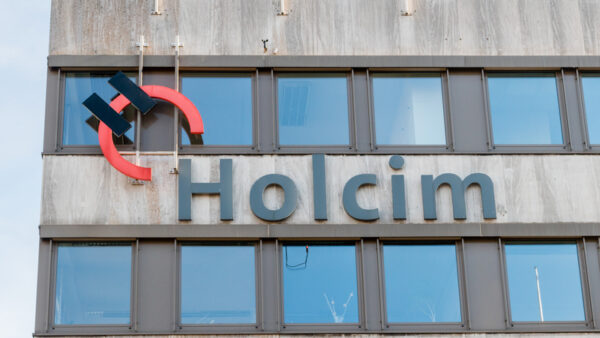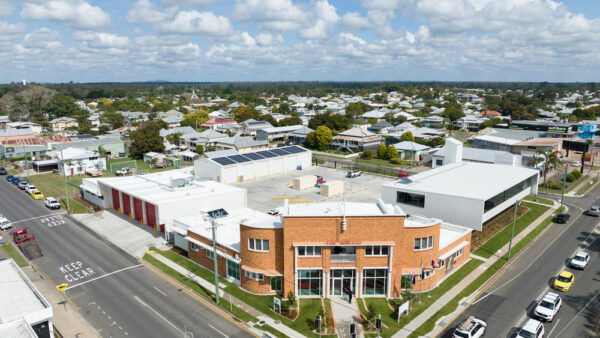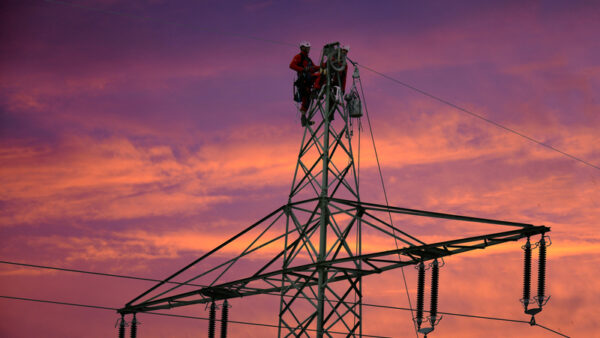An independent report into Tanzania’s Stiegler’s Gorge dam predicts that its cost estimate of $3bn will rise to almost $10bn in practice, and argues that the money would be better spend developing the country’s wind and solar potential.
The Tanzanian government announced that the dam will go ahead in July 2017, and last year appointed two Egyptian companies, El Sewedy Electric and Arab Contractors, to build the dam on the Rufiji River.
Report author Joerg Hartmann, an independent hydropower expert, argues that although the dam would expand Tanzania’s generating capacity from 1.5GW to 3.6GW, the first stage of the project would take nine years to complete, and that if the cost of finance and inflation were taken into account, as well as a 30% cost overrun, the true cost of the scheme would be $9.9bn.
Hartmann says the 30% cost overrun is a conservative estimate, given that studies show most hydropower projects go even more over budget.
That report argues that if this were the case, the cost of electricity produced by the dam would be 116 cents a kilowatt hour, which is higher than the retail price of electricity in the country, making it difficult for the government of Tanzania to recover its investment in the project.
The report also points out that such a large source of electricity would require a general upgrading of Tanzania’s transmission and distribution infrastructure. It says: “If Stiegler’s Gorge were to operate at full capacity, all other components of the Tanzanian grid would have to be approximately doubled to deliver the power to domestic consumers, or interconnections to neighbouring countries with a power deficit would have to be strengthened.”
The project, which would be the costliest Tanzanian history, has also been criticised for its location in one of Africa’s most significant protected areas: the Selous Game Reserve, which is a Unesco World Heritage Site.
The project would also have an impact on two wetlands of international importance, the downstream Rufiji-Mafia-Kilwa Marine and the upstream Kilombero Valley Ramsar sites.
The report suggests that building up a distributed network of renewable sites would be cheaper, quicker and safer, and would take advantage of the fall in the price of solar and wind equipment in recent years. The report notes that in 2017, China installed 53GW of solar and 20GW of wind capacity, and that Tanzania could follow suit on a smaller scale.
The report was published by OECD Watch, a network of NGOs with more than 130 members in some 50 countries.
Image: The Rufiji River in the Selous Game Reserve (Panii/CC BY-SA 3.0)
Further reading:
Comments
Comments are closed.







It appears to be a common phenomenon on all projects that they are dramatically underestimated (it appears not by only a few thousand pounds)